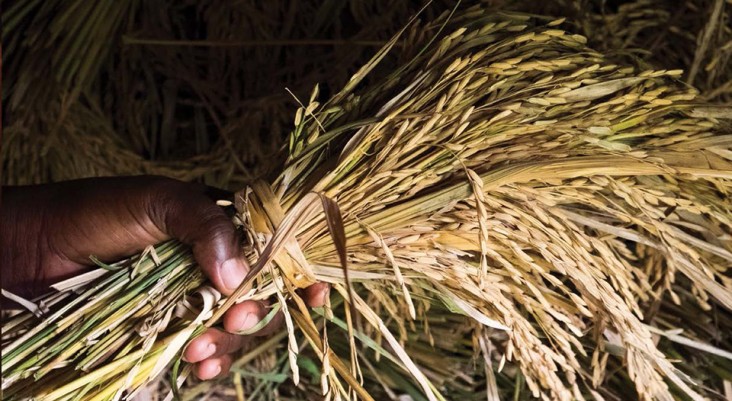You are viewing:
Archived Content
Information released online before January, 2021.
You are viewing:
Information released online before January, 2021.
Note: Content in this archive site is NOT UPDATED, and external links may not function. External links to other Internet sites should not be construed as an endorsement of the views contained therein.
You are entering the 2017-2020 Archive for the
United States Agency for International Development web site.
If you are looking for current information, visit www.usaid.gov.

A multi-layered approach targeted expansion of food production and access to food, household dietary diversity, and women’s access to land and credit. Funded activities included cash transfers for food security, input vouchers to support farmers, credit for improved access to markets, and macro-level credits for agricultural expansion to the commercial level. These activities in turn drove lower food insecurity, better household diets, helped families send their children back to school, and built livelihoods in the region.
|
97,077 households in Sierra Leone and Liberia received cash transfers for food security |
14,133 farmers received seed vouchers and farming inputs in Sierra Leone and Liberia |
$22.67 million USD was supplied in credit in Liberia to fund agriculture, forestry, and fishing growth |
USAID’s support to rice cooperatives in Guinea allowed women farmers to obtain higher prices in a declining commodity market through the cooperative’s collective bargaining. As the market price of rice dropped from 9,000 GNF per kilo in 2015 to 7,000 GNF in 2017, the farmers negotiated a 25 percent increase in the amount they received from producers over the same period, rising from 4,000 GNF to 5,000 GNF per kilo. Farming cooperative programs varied by country.

Comment
Make a general inquiry or suggest an improvement.